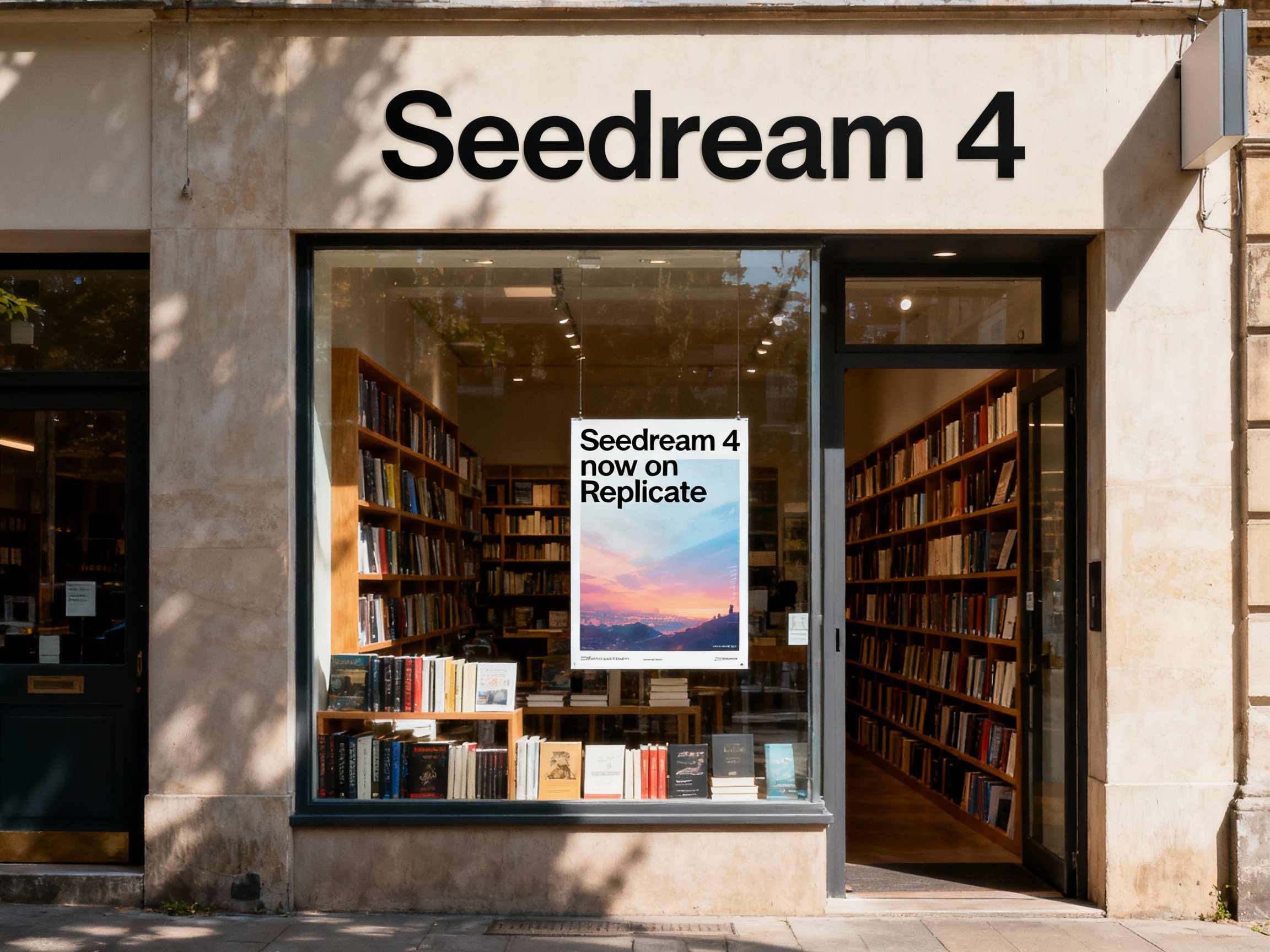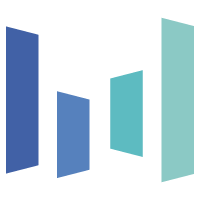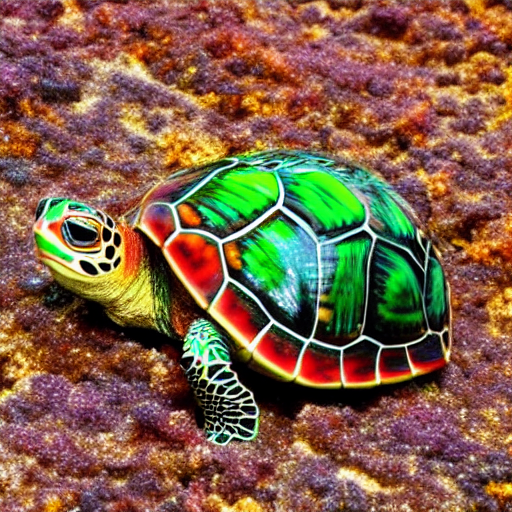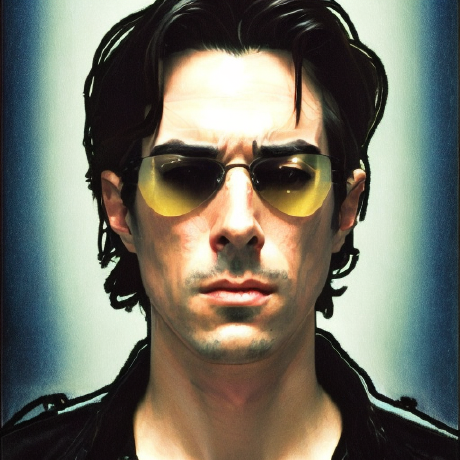Recommended Models

Google's latest image editing model in Gemini 2.5
Updated 1 week, 4 days ago
50.4M runs

 bytedance/seedream-4
bytedance/seedream-4Unified text-to-image generation and precise single-sentence editing at up to 4K resolution
Updated 2 weeks, 2 days ago
16.4M runs

A premium text-based image editing model that delivers maximum performance and improved typography generation for transforming images through natural language prompts
Updated 3 weeks, 3 days ago
9.1M runs

The latest Qwen-Image’s iteration with improved multi-image editing, single-image consistency, and native support for ControlNet
Updated 2 months, 1 week ago
5M runs

 jagilley/controlnet-scribble
jagilley/controlnet-scribbleGenerate detailed images from scribbled drawings
Updated 2 years, 9 months ago
38.3M runs